HRD Diamond Certificates – Is This Antwerp Lab Reliable?
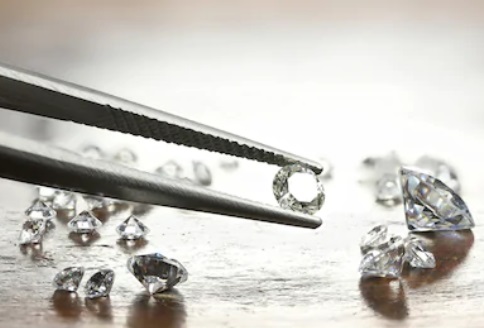
When you are shopping for diamonds or an engagement ring, “certification” is probably one of the first few concepts you will be introduced to. For most people, you would likely come across the GIA (Gemological Institute of America) report since it is the most widely used grading service in the world.
In today’s economy, the diamond industry is a huge booming business with rising demand from increasingly affluent countries. This has spurred the growth of jewelry related services like diamond grading and appraisals.
Besides the GIA certificate, there is a myriad of gemological labs that claim to offer “similar” grading services. I consider most of them to be dubious (e.g. EGL) while a small minority are actually decent outfits (e.g. AGS) worthy of your attention.
Outside Europe, one of the lesser known gemological labs is the HRD and you may occasionally come across a diamond graded by them. Within Europe, things are vastly different as HRD is considered a powerhouse in the industry.
For this reason, I want to bring special focus onto them to offer you a quick insight and review of the HRD lab.
A Short Overview of the History And the Features of HRD
Even though Belgium and the Netherlands are small countries (geographically), they are famous for their imports and exports in the diamond industry. In fact, did you know there are a number of heavyweight diamond businesses associated with these 2 countries?
Apart from Belgium based Rapaport Group and the De Beers (coincidentally a Dutch surname) cartel, HRD is also located in Belgium and has a Dutch name – Hoge Raad voor Diamant. When translated to English, HRD literally stands for the terms: High Diamond Council.
Founded in 1976, the HRD established itself as one of the top global laboratories when it comes to accurate grading services. In the European market, many in the trade consider the certifications issued by HRD as a direct alternative to GIA (although I disagree).
HRD’s Diamond Certification Lab complies with requirements laid out in “The International Rules for Grading Polished Diamonds” provided by IDC – Independent Diamond Council. That is, they follow worldwide practices that are proven and accepted by any distributor and buyer.
Are Reports by HRD Antwerp Trustworthy And Reliable?
HRD thrives in their system of anonymity and objectivity when they grade diamonds. Their certificates also come from an authority that is well established in the trade.
Each diamond is supposedly assessed separately by a number of professionals to ensure accuracy. Also, the owner of the diamond is never made known to the graders and this helps prevent any potential conflict of interests.
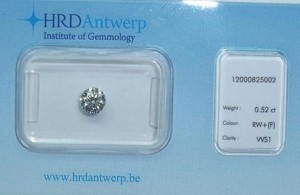
Loose diamond securely sealed after its grading at HRD lab.
HRD claims to be the leading authority in the world of diamond grading. Yet, the fact is, they aren’t even considered a legitimate alternative outside the EU. And why is that so?
As a consumer, what matters to you when buying a diamond is that the grading report accurately describes the quality of the diamond. For example, if a certificate states that a diamond has an F color and SI1 clarity, it would be priced based on these qualities.
The problem with unreliable certificates is that these ratings are often inaccurate and inflated. That is to say, the true quality of the diamond could be a G color/I1 clarity and the unsuspecting consumer gets ripped off by overpaying for inferior quality.
HRD vs GIA – Which Lab is Stricter And Better For Consumers?
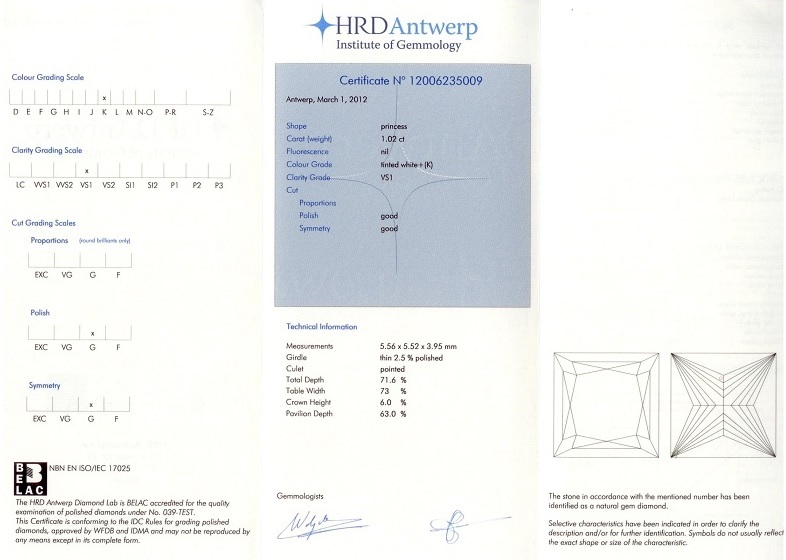
Based on my personal experience with both labs, HRD and GIA have differing standards when it comes to color grading. HRD is lax and typically assigns 1 color grade higher than GIA.
That is to say, if a diamond was rated by HRD to be a G color, I would expect it to be an H color if GIA graded that same diamond.
When it comes to clarity grading, I find GIA to be stricter than HRD when assigning ratings on borderline cases. Let’s say a diamond sits on the border between a VS1 and a VS2 because of a small feather found near the girdle, GIA would assign this diamond to be VS2 while HRD might assign a VS1 grading.
And I’m not alone when making these observations of looser grading standards from HRD. In 2013, Rapaport performed an industry study by sending the same 10 diamonds to different gemological labs. As it turns out, GIA was the strictest and most reliable lab while HRD fared poorly with their grading results.
Review of HRD Lab: The Bottomline
When it comes to a diamond grading report, I expect a gemological lab to provide credibility, accuracy, ethics and secrecy when performing their work. Unfortunately, HRD is not one of the labs that I would fully trust to deliver a reliable and trustworthy assessment.
If you’re thinking about buying an HRD certified diamond, I would caution you to reconsider doing so.
Given the discrepancies HRD has in their grading standards, I would recommend buying a diamond graded by GIA or AGS as they have better consistency and standards.
Related Articles
Leave A Comment


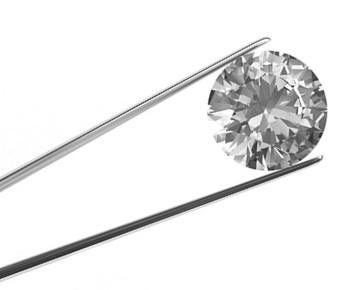
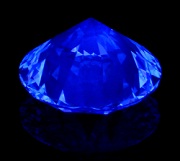
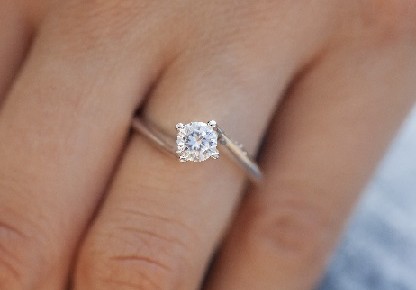
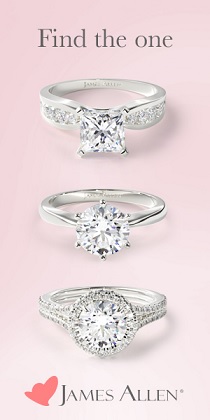









14 Comments
I have purchased a diamond ring which came with a certificate from the British Diamond Institute, Antwerp office. In your opinion is this a reputable lab?
Regards, Lynne
Nope. It’s not a reliable lab I would trust. The only reputable labs who grade with consistency are GIA and AGS. If you bought a diamond without these grading reports, you can be sure that you received a diamond that was overgraded/misrepresented and you likely overpaid for the diamond. Jewelers who don’t use GIA or AGS are out to rip consumers and take advantage of their stupidity. It’s as simple as that.
Hi Paul,
I deposited 25 % of the diamond price that came with HRD Certificate…..And 4 days later, I found some articles said HRD graded their diamonds not as strict as GIA and said I could get a better diamond in the same price or cheaper price from GIA.
I’ve been tried to research some more about it but could not find anything, most of the people in The US. bought their diamond with GIA, AGS, and EGL cert.instead.
this is my diamond information :
Brilliant 1.65 CT. , L Color, VS1 (Non fluorescence)
Cut:
Proportion, Polish, Symmetry: 3Excellent
Measurement : 7.53 – 7.55 mm x 4.71 mm.
Girdle Medium 4.0 % faceted
Culet Pointed
Total Depth 62.5%
Total Width 56 %
Crown height (b) 15.5% (34.9 deg)
Pavilion Depth (a) 43.0% (40.8 deg)
Length Halves Crown 50 %
Length Halves Pavilion 75%
Sum a&b 75.7 deg
The jeweler said I could change to the diamond with GIA Cert. but he won’t give me the deposited back or will not put into to the new diamond (GIA) because I already picked out the diamond with HRD cert.
What is your opinion on this diamond?
Should I still stay with this one or change to the diamond with GIA Cert. instead?
Thank you.
First of all, you should have checked the policies the jeweler has before making a deposit. I find it surprising that your jeweler won’t let you use the deposit towards a new GIA diamond. At this point, it’s too late to withdraw any purchases now since your money has been locked in. I absolutely hate hearing stories like these when the scumbags in the industry take advantage of consumers and provide lousy sales policies that force people to do business with them when things go south.
Anyway, I would say HRD one of the better labs apart from AGS and GIA and this diamond does have decent proportions based on paper. But that doesn’t mean anything. They are still not as reliable and you won’t know exactly what you are buying and paying for. THAT’S THE PROBLEM with diamonds not graded by GIA or AGS. Beyond that, there’s nothing more I can tell you about the diamond’s cut quality.
Hi Paul,
Ur article above is very informative and decent. Thank you for your illustration.
May I ask you what do you think about the IGI certification ? I live in Dubai and IGI are more spread out in this region (Asia and the Middle East). I know they are more laxed than GIA and HRD but can I still say that they are a reliable lab ?
Thanks
IGI is unreliable and consistently soft grades their clarity and color ratings. I don’t trust IGI as much as I do in GIA. Let me be very clear about this. As a professional in the industry and a consumer at the same time, I only purchase GIA or AGS graded diamonds. And I am a trained grader with insider knowledge about how things work in the industry. That alone should tell you alot about what you need to look out for and avoid.
I am going for a 3 ct stone j color triple X on proportions. Should I go for GIA or HRD certified stone if I have a choice? Can you help me review the HRD certificate and provide an opinion of the diamond
Definitely GIA. Now, I do have to warn you that triple X really mean nothing in the grand scheme of things. You need to look at details if you are looking for performance and best sparkle. I would avoid HRD diamonds when there are far better labs like GIA being available to you.
hello i have a certificate EGL. what are the differences between HRD lab and EGL lab? also, on the comments at the bottom of the plastic card it says inscribed and then a number. what does this mean please?
If you want to make a comparison between hrd lab vs egl lab, the former is slightly stricter in grading standards but i would never buy diamonds graded by either of these labs. As for your second question, it means that the number has been lasered on the diamond’s girdle for easier identification purposes. Also, an EGL certificate doesn’t bode well for your purchase due to its loose grading standards and blatant misrepresentation. I hate to be the bearer of bad news but you likely overpaid for inferior quality and got ripped off by the seller.
Hey,
Have you heard of : Antwerp Diamond Laboratory ? It says it uses G.I.A rules and I.D.C rules so I thought it was the same but now I am not sure.
What would be the risk ? That the laboratory over estimated the quality of the diamond ? Maybe the size as well ?
Regards,
Nicolas
Never heard of the Antwerp Diamond Laboratory and I can tell you no reliable jeweler would sell a diamond without a GIA or AGS cert. They send diamonds to obscure labs for a reason and that’s to mispresent the quality of the diamond they are selling. Carat size will not be something that any lab will get wrong. Measuring the carat weight of a diamond is as simple as placing it on a high precision scale for accurate measurement. Lab don’t and can’t cheat in this manner. Where the unreliable labs differ from GIA is at the subjective grading of color/clarity/cut.
Hi Paul, I realize GIA and AGS are the way to go. However, my understanding is that neither of those labs certifies lab-made diamonds. I am looking into buying between a 2ct to 2.5ct lab made diamond and was wondering if you have an opinion on which lab is the most reliable among: GCAL, IGI and HRD. Based on what I’ve read, it seems perhaps GCAL, but not sure. I’ve researched the issues related to natural v. lab and am not looking for info on that decision, just which lab is best for lab diamond reports. Thanks very much in advance!
For lab created diamonds, GIA and AGS don’t grade them on a commercial scale. In the market, IGI and GCAL are the ones to go to for lab grown diamond certification. Both are fine but I do have some preference for GCAL certification because of the additional light return data they provide.